Rifles are as exciting to learn about as they are to use. Of course, to become a great hunter means understanding the rifle and its parts.
And a new rifle scope is a great present for hunters.
However, much like any new piece of equipment, a scope requires some basic setup. In order to be completely satisfied with a scope, what do you need to adjust?
To adjust your rifle scope means knowing all the parts and adjusting them accordingly. That includes turrets, lenses, and more.
If you want to change the area that the bullet hits, you have to adjust the elevation. You need to do what is called “zeroing.”
It’s vital to know how each part impacts the scope.
Learn how to modify a rifle scope before taking it out onto the field in order to have the best hunting experience.
Table of Contents
How Do Rifle Scope Adjustments Work?
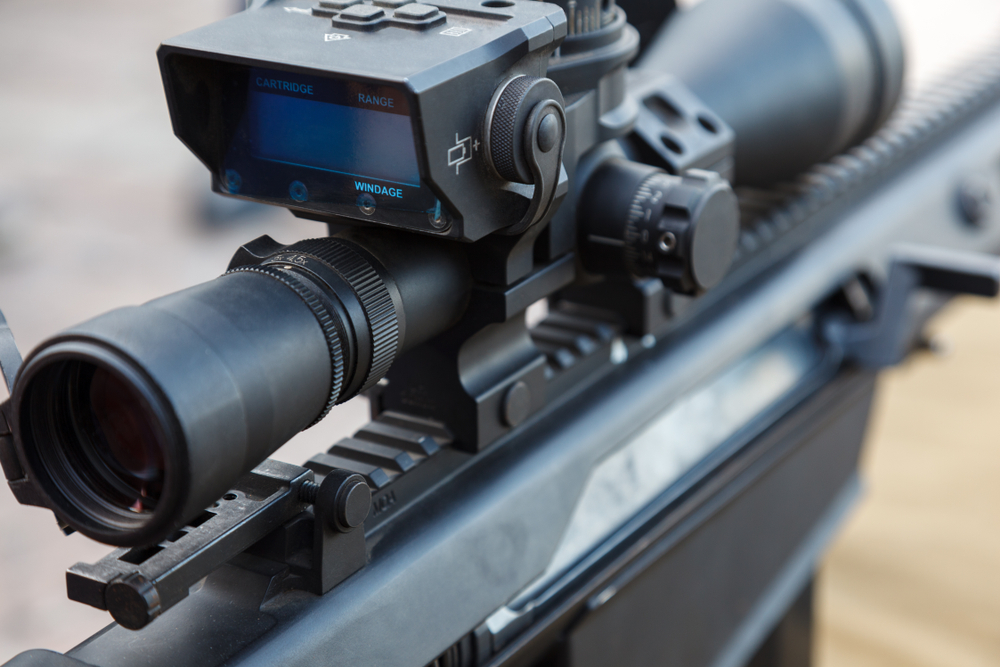
A rifle scope’s internal workings operate similarly to a telescope. The scope’s front has an objective lens, which lets light into its body, and the back has an ocular lens that shows the shooter’s sight image.
The rifle scope’s internal lenses aren’t the only ones that have an impact on its performance.
Objects in the scope are brought into sharp focus with the help of a focus lens located behind the rear of the objective lens.
How to Adjust a Rifle Scope’s Windage
Elevation tweaks are equal to windage adjustments in scopes. It is important to note that although elevation is used to raise and lower a bullet’s impact, windage is used to alter the bullet’s trajectory from right to left.
The windage adjustment, as its name suggests, is used to compensate for severe winds that can deflect the bullet from its intended target.
A lot of shooters ignore the windage turret in favor of the elevation turret. The turret does not need to be touched while the bullet is in mid-flight due to severe gusts.
Instead, many shooters choose to simply adjust the weapon directly rather than use a scope. One of the reasons is that wind gusts can be erratic and change direction frequently.

A turret is a much more difficult task than changing your rifle’s scope by a millimeter every time the wind shifts.
Sight Windage Turret
Sight windage turrets can be located on the side of a scope. This turret, the same as the elevation turret, features an easy-to-remember method of adjustment.
In other words, adjusting the windage turret towards the left or right causes the scope to move to the left.
Additionally, reversing the direction of the turret toward you corrects the scope.
Setting the Target Focus on a Rifle Scope
Parallax occurs when your field of view is off by a small amount. What’s parallax? Do this simple at-home practice to help you better understand what parallax is.
Stretch your left arm out in front of you with your pointer finger elevated. You can do the same thing with the right hand and arm but place it midway between the outstretched left hand as well as your eyes.
Fingers that are aligned but at various distances from one another should be visible. Make little, jerky movements of the head while keeping your fingers stable.
Yes, your fingers appear to move! Parallax refers to the angle at which the image appears to be shifting.
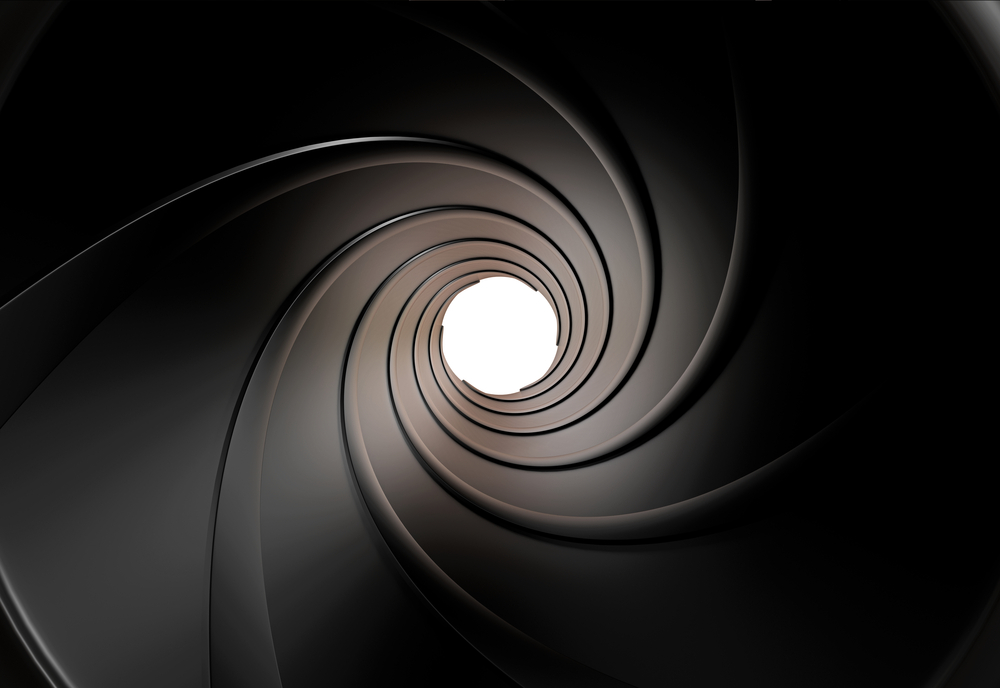
A shooter does not want to deal with parallax. It can lead to a difficult day at the club and a lot of failed shots.
As a result, do yourself a courtesy and change the focus of your aim. Here’s how you do that.
In most cases, the rifle barrel’s alignment shifts, resulting in a change in the bullet’s trajectory.
Alter the target’s aim by gazing at the reticle. Adjust the scope’s image focus to match the reticle.
To eliminate the parallax effect, you must align the reticle as well as the target image on the same reference plane.
Why Are Adjustable Objectives and Parallax?
Do not mistake the words “adjustable objective” and “adjustable parallax,” since they are distinct concepts.
You need a scope with an “adjustable parallax.”
An “adjustable objective” on an adjustable parallax scope, on the other hand, is a bad design choice.
A side-focus or side-parallax knob is what you need. When looking for a scope, be careful not to get these features mixed.
Adjusting the Elevation of a Rifle Scope for Zeroing

Changing the trajectory of a bullet necessitates the use of an elevation adjustment. A rifle scope’s aim takes into account the bullet drop, which increases how far away you are from the target.
You will need to tweak your elevation adjustments to compensate for this bullet drop, “zeroing” the sight on your rifle with every shift in range.
When you zero the scope you ensure that you are aiming exactly where you want and that your bullet will hit exactly where you want it to.
A new scope should always be “zeroed.” Once a season, or if your rifle gets an inadvertent battering while you’re driving through backroads, is an excellent time to check it.
Even though it can be protected by a rifle case before a deer is killed, it is still a good idea to make sure your elevation is “zeroed.”
Using Turret to Modify the Elevation
You can modify the scope’s elevation by turning the elevation turret in the “up” direction, which moves the POI up.
This entails turning the turret counterclockwise on many scopes. Listen for a clicking sound when you turn the turret.
The Minute of Angle (MOA) is an angular measurement that is typically used to denote one-quarter of an inch for every 100 yards of distance.

Be sure to double-check, though, with your own set of binoculars.
Spinning the Turret the Right Way
You can adjust the elevation of the rifle while looking through the scope and holding position because of the clicking noise and the exposed turret.
Remember that spinning the turret counterclockwise raises the POI height, and moving it clockwise lowers the POI.
It’s possible that your turret adjustments are out of sync and working in the opposite direction to how they were intended to.
The reticle must also be adjusted if this occurs. To raise or lower the rifle manually, raise or lower the turret until the reticle in the scope drops.
How Do You Adjust the Eyepiece of Your Rifle Scope?
The eyepiece still needs to be focused once all the turrets have been set. Unfortunately, this is among the most typical blunders even a professional shooter makes.
Some shooters don’t know how to adjust their eyepieces correctly, while others don’t even realize they exist.
Set your scope up appropriately and focus on it so that you can see the reticle on the screen.
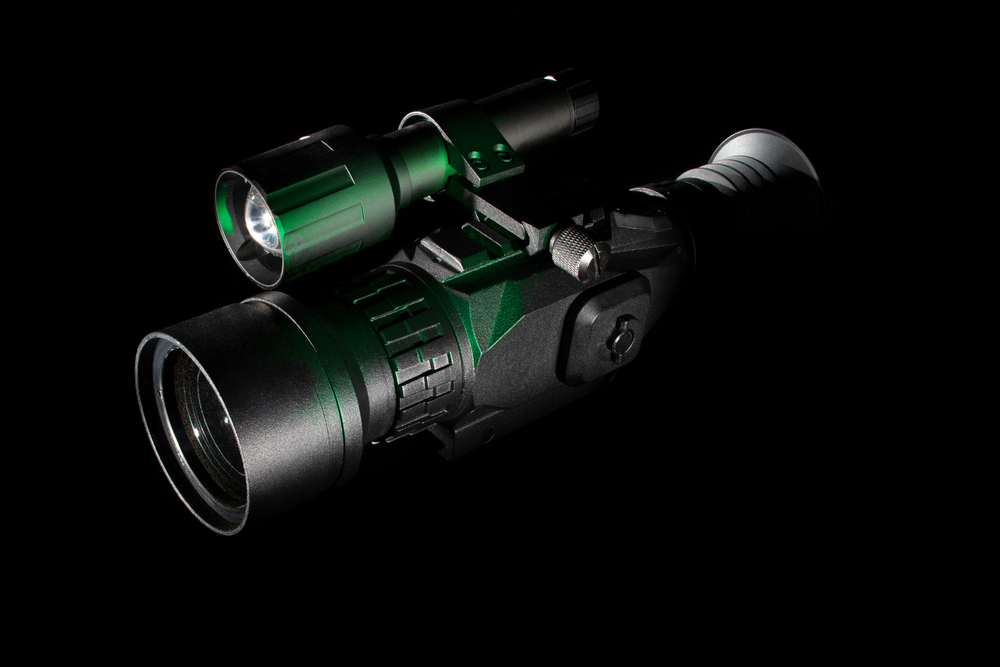
You should only bring the target into the reticle to make it obvious and without the double-vision parallax when you can see it clearly without squinting or straining.
Detailed Guide to Adjusting the Eyepiece
- Get someone to help you out.
- Focus on a nearby light-colored item while you attach your sight to the weapon in the appropriate manner.
- Set up your firearm in a typical posture behind it. Don’t move your head to see the scope. The scope may need to be changed to match your needs if you do this.
- Look through the scope and close your eyes for a few seconds while your friend holds a sheet of white paper around one foot in front of the scope
- For around two seconds, open your eyes, gaze at the reticle, and then close them again. To avoid straining your eyes while focusing on the reticle, don’t keep your eyes open for long periods.
- Once again, use your friend to change the adjustment of the ocular focus by about a one-half revolution to your preference.
- Reticule “better” or “worse,” open your eyes for two seconds and declare.
- When you have it right, repeat the practice, turning the ocular focus adjustment both ways.
Adjusting Magnifications on Your Scope
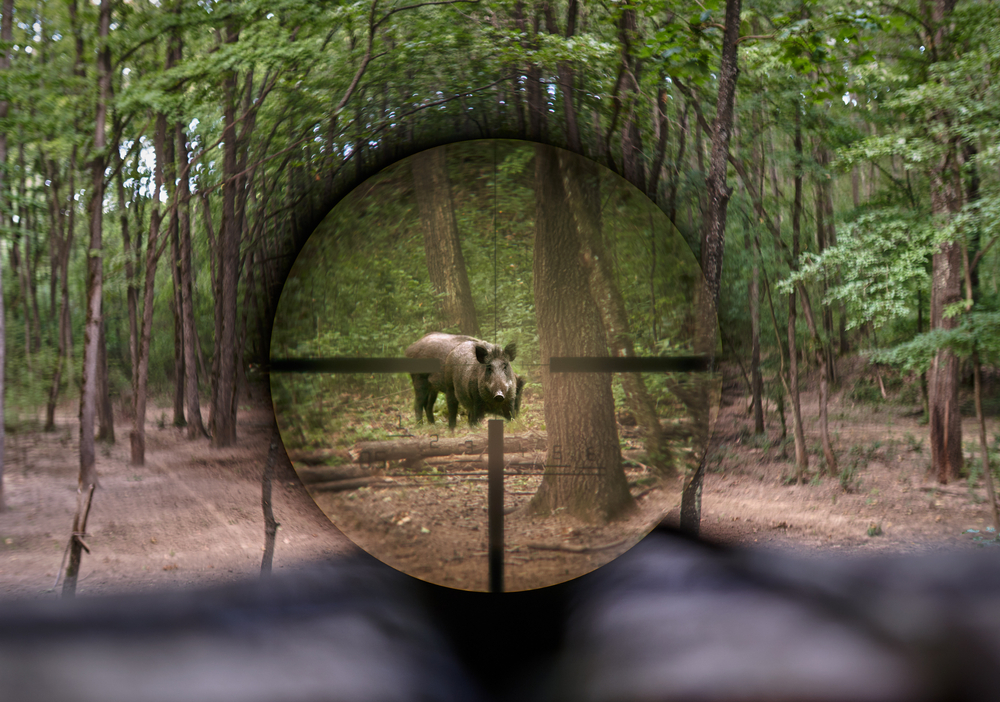
Make sure to look for a ring in front of the ocular housing that allows you to alter the magnification level.
Adjustable power scopes allow you to vary the target image scale by adjusting the magnification.
Make sure you know that some rifle scope reticles expand in size as the target gets closer (First Focal Plane).
Other scope reticles, on the other hand, remain the same regardless of the magnification (Second Focal Plane).
Understanding the Focal Planes
Riflescopes with a first focal plane (FFP) reticle automatically adapt their reticle to match the image of the target.
When using the reticle markings as a measuring tool, it doesn’t matter what magnification you employ.
Only the target image can be adjusted in Second Focal Plane (SFP) riflescopes. In other words, the reticle is already the right size to shoot at.
Graduation markers on the reticle can be problematic if they are used incorrectly at the wrong magnification power setting.
Avoid utilizing the maximum magnification setting all the time. Many shooters prefer to use a lower magnification since there is less obvious movement in the image, which makes it easier to see your target.
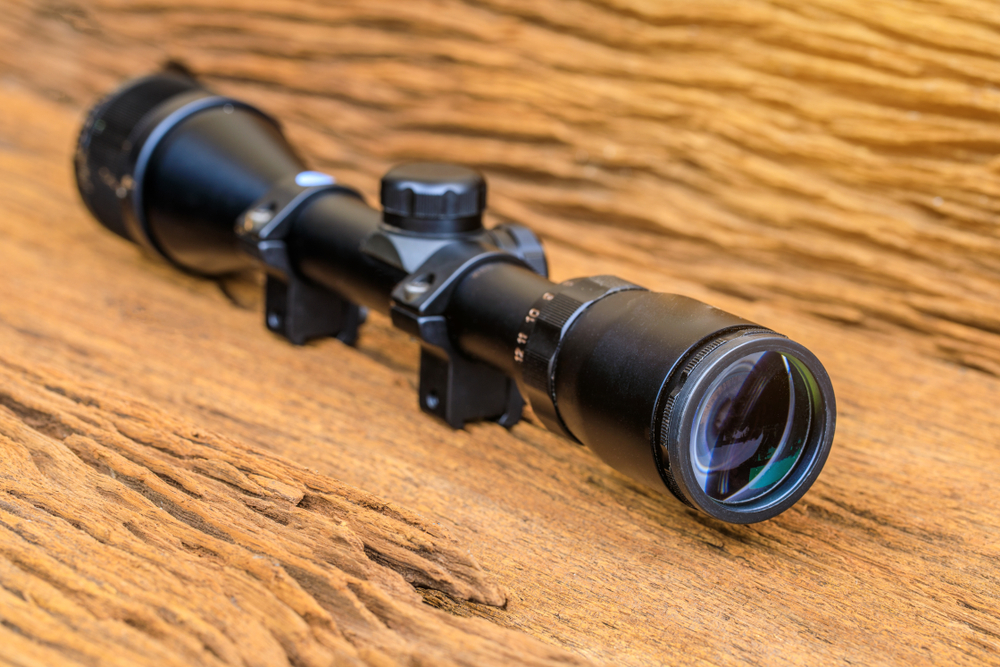
What are the Riflescope Components?
Specific components will be discussed as we go over the process of adjusting a rifle sight. You must familiarize yourself with the scope’s core components, such as its ocular lens, magnification adjustment, and turrets.
You’ll be tweaking and working with the following:
- It’s very self-explanatory what a scope’s body is. The primary tube of the scope, to which all the other components are joined, is used for aiming.
- The ocular lens is the part of the scope that is closest to the eye while looking through it.
- In contrast to the ocular lens, the objective lens is situated directly in front of the target. The objective lens of a telescope is typically larger than that of a camera.
- The “eyepiece” of the rifle scope is the ocular housing, which houses the ocular lens and allows for fine-tuning of the ocular focus.
- The reticle crosshairs are brought into sharp focus using the Ocular Focus Adjustment. Some rifle scopes include a fully adjustable ocular focus housing, while others simply have a piece of the lens that may be shifted in and out of focus.
Is Changing the Magnification Power Difficult?
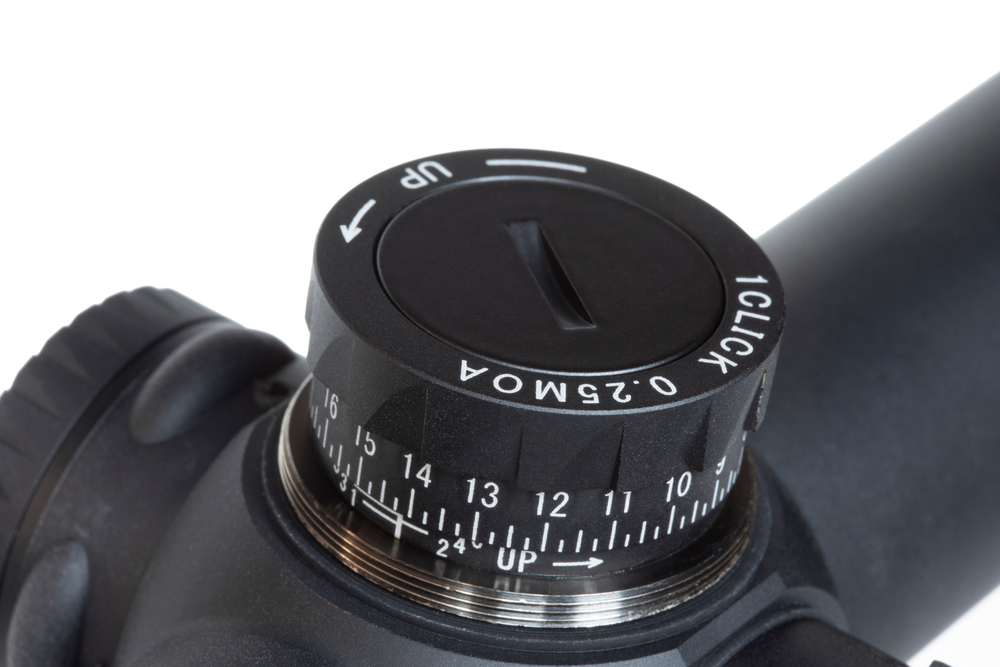
No! It’s as easy as adjusting the value in this section. A shot can be fine-tuned by adjusting the elevation and windage with turrets.
They are easily accessible because they protrude from the scope’s body. Turrets may be protected by being capped.
Looking down the scope, you use the reticle to target using your crosshairs. One of the benefits of a long-range shooting sight is that it provides accurate elevation and windage readings.
How to Achieve the Perfect Shot
Patience is required while learning how to fine-tune your riflescope. It takes some time and works to fine-tune the turrets and other parts of the scope’s body using these methods.
Before installing the scope, there are a few minor adjustments to make.
Before attaching a sight, make sure the rifle is fitted with the correct attachment. As an illustration, you can increase or decrease the elevation of your scope, move it forward or backward, and even level it if necessary.
You should be able to hit your mark after everything is set up the way you want. Once a season, or whenever you notice your aim is off, make sure you verify your modifications.
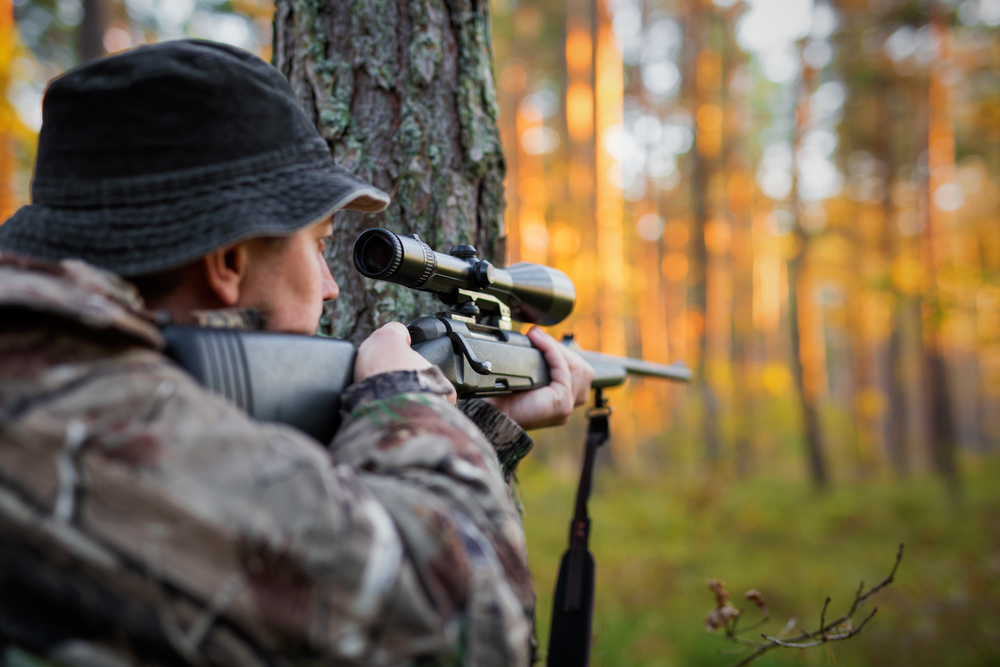
Carrying your weapon over difficult terrain can potentially change your scope settings. Make sure to inspect it thoroughly before firing at anything moving before securing it in a gun case.

















